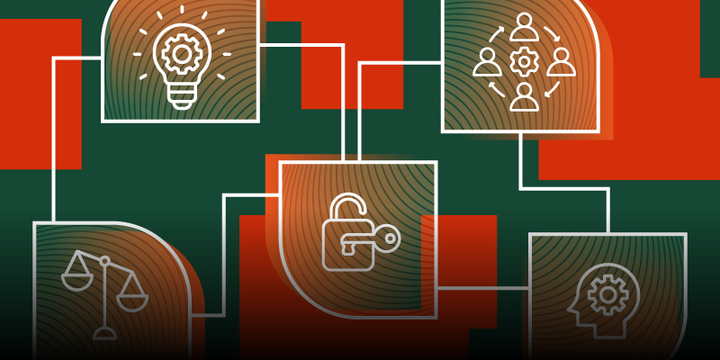
2. Initiation and planning phase
Is everything prepared to start delivering outputs? Once an idea has the go-ahead you should start to plan the delivery of the project. This includes: people resources, budgets, scope, timelines, risks and issues, and governance reporting.
- Project initiation document
- Project benefits
- High-level plan and milestones
- Project schedule
- Roles and responsibilities
- Project board and governance
- Update stakeholder and comms plan
- Refine and update the business case
- Equality impact assessment
- Data protection impact assessment
- Consider risks, issues and dependencies
- Project checklists
Contact us
Use our Slack channel #making-change-happen to collaborate, share best practice and get support.
Central Project Management Office (PMO)
Using our templates and tools
Pick and choose depending on the scale of your project. We've got document templates for small and large projects. There are also supplementary exercises you could do as a team.
At the end of this phase...
You should know what needs doing and when, and how to track and report on progress. The sponsor agrees the project is ready to move to phase three (delivery).

My top tip for this phase. This might look like a lot of resources but if you thoroughly consider and use the templates that are relevant to your project now - the rest of the project will run itself.
Cheryl Saggers, Head of Project Management Office (Strategic Portfolio)
1. Project initiation document
Define what the project is aiming to achieve. Provide stakeholders with a vision, objectives, outputs, delivery methods and governance.
Additional resource:
- Describe the change on one page (document your change succinctly, including its impact, what will good look like and what the next steps are)
2. Project benefits
Identify, review and measure the benefits of the project or change.
- Benefits mapping template (small projects)
- Benefits management plan template (large projects)
- A guide to evidencing the benefits of change in higher education
3. High-level plan and milestones
Share high-level information to senior leaders to outline the main objectives and deadlines.
4. Project schedule
Define the end-to-end timeline, considering dependencies and resources.
The first step is to identify the main deliverables of a project by considering:
- What are the desired business outcomes?
- What are the desired technical products?
You can then start breaking down activities into smaller chunks of work.
You can choose how to display your WBS and go into as much or as little detail as you want. Some people use a tree structure, while others use lists or tables.
Work Breakdown Structure guidance
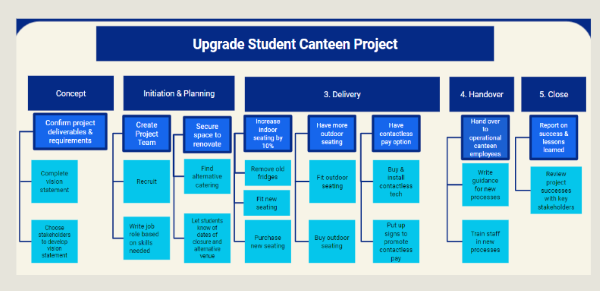
Project dependencies describe relationships between work projects. This helps determine the order and timeline of a set of tasks for the team.
In large projects, there are often many individual tasks involved. Keeping track of them all can be challenging.
Dependency mapping helps manage and schedule tasks. It also helps consider project requirements in order.
Once you've decided on tasks, you'll need to develop a project timeline and milestones.
When scheduling work packages, it’s important to understand how long each of these will take. This will allow proper allocation of resources, budget and time. This will also reveal how long the project will take from start to finish.
This flowchart below is an example of a critical path map. Once you've identified the activities and their dependencies, you can draw the critical path map. It acts as a visual presentation of the order of your activities based on dependencies.
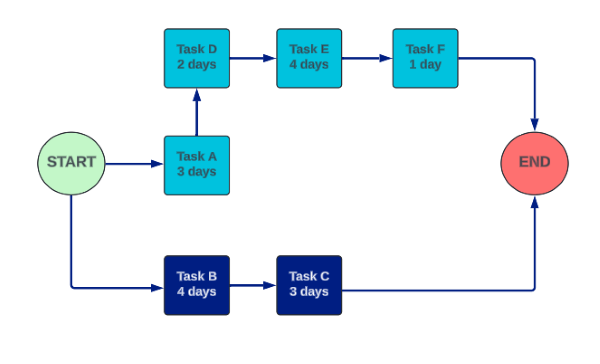
Critical path mapping guidance
More information about critical path mapping
Watch this video about critical path methodology in project management.
5. Roles and responsibilities
Provide direction and give responsibility and accountability for each task and/or workstream.
Further guidance:
- Typical roles and responsibilities for strategic change
- Project Manager and Business Analyst: Clarity of roles
- Project sponsor: roles and responsibilities
6. Project board and governance
Provide structure and purpose for your project board.
- Project board: Terms of reference template (small projects)
- Project board: Terms of reference template (large projects)
7. Update stakeholder and comms plan
Revisit and refine the comms plan you started during the concept phase.
8. Refine and update the business case
Update and finesse the business case you started during the concept phase.
9. Equality impact assessment
Help make sure our practices are inclusive for staff, students and visitors.
10. Data protection impact assessment
A data protection impact assessment (DPIA) is a risk assessment for data protection risks. A DPIA screening must be carried out before any planned project or change involving personal data.
11. Consider risks, issues and dependencies
Identify and monitor risks, challenges, blockages, decisions and actions.
Further guidance:
The triple constraints theory in project management are three interdependent constraints which should be addressed and adjusted when managing projects:
- cost (including resources)
- schedule (when the project outputs will be delivered)
- scope (what will and won't be delivered).
In addition you should also monitor:
- risks
- quality
- benefits.
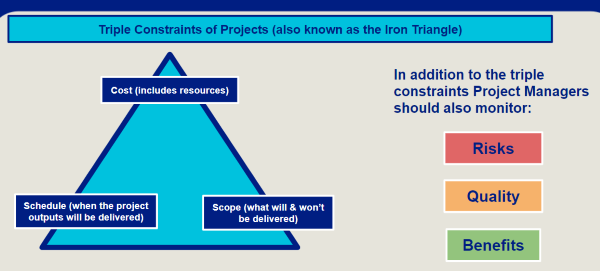
Ready for the next phase? Your project sponsor should review everything from this phase. They should provide formal approval that the project is ready to move on.
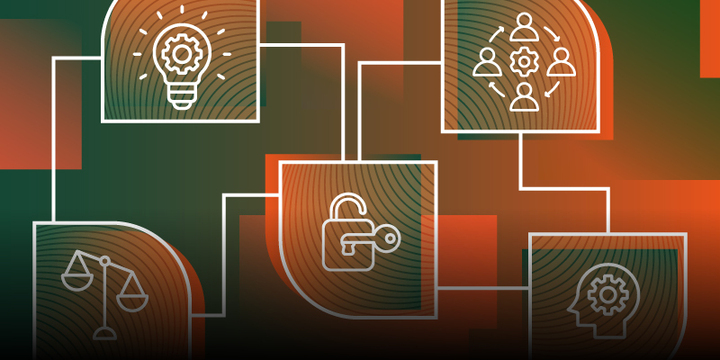
Guidance on change management
The tools above help with project management processes and methodologies.
You can also use our guides and resources to help navigate the change process and support staff through change.
Explore the project phases
Contact us
Use our Slack channel #making-change-happen to collaborate, share best practice and get support.
Central Project Management Office (PMO)